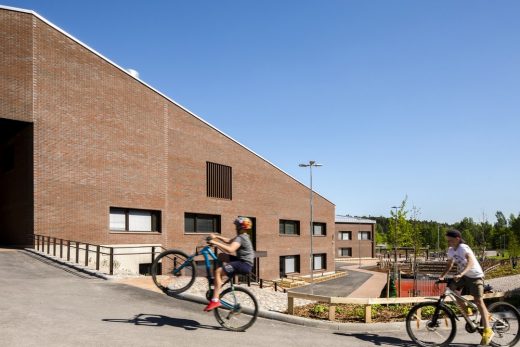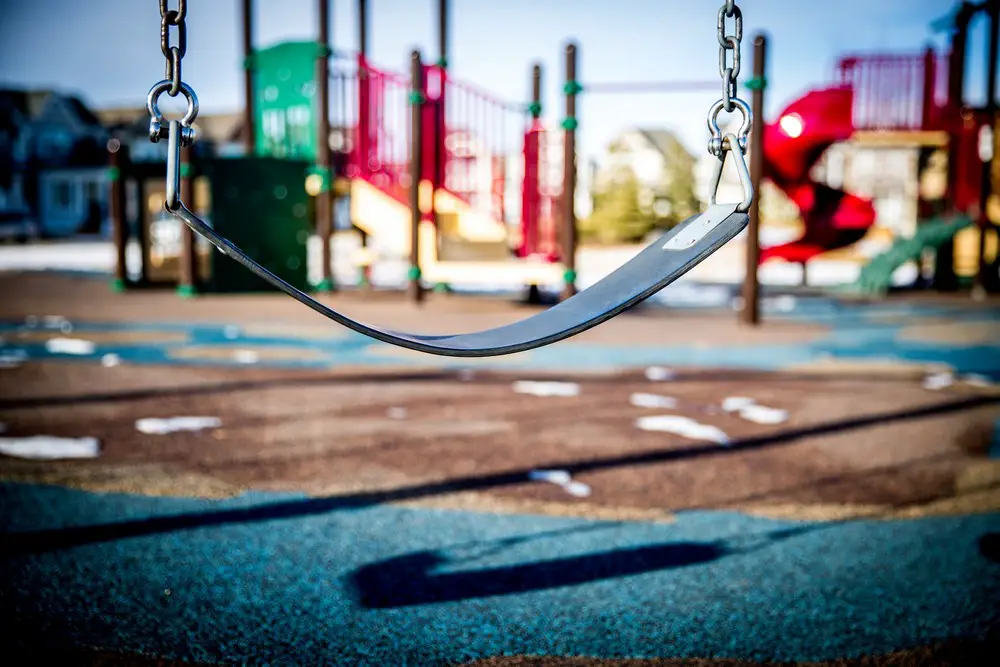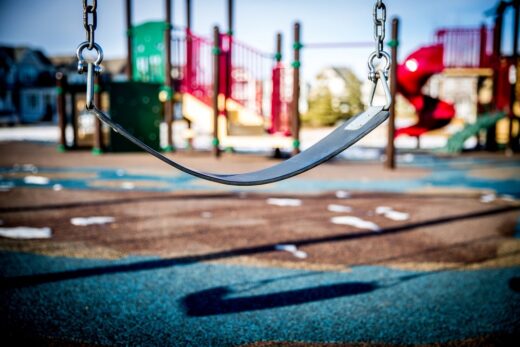Architectural principles of playground design for children, UK nursery play area landscape, Safe child space advice
Architectural Principles of Playground Design for Children
30 June 2022
The playground is the perfect place for children to be adventurous, experiment and explore, and just have fun. It is their corner of the world where they can feel free and express themselves in ways that are not possible under adult supervision or in the presence of other adults.
In a well-designed playground, there will be different types of play equipment that cater to different interests and abilities. Although there are many different things to consider when designing a playground, there are certain principles that come up again and again as being essential for making sure children have an engaging experience. Let’s take a look at some of these architectural principles of playground design for kids in your house.
Design for Extensive Play
There are versatile types of games that children can engage in, and playgrounds should be designed according to their specific needs. Playgrounds should be designed for active play, such as climbing and sliding; for imaginative play, such as building towers; and for quiet play, such as sitting on a bench and reading a book. In addition, Early Years Playground Design should be particularly mindful of the needs and abilities of young children, providing age-appropriate play equipment and ensuring that the playground is safe, accessible, and inclusive for all children. Take a look at https://softsurfaces.co.uk/
Sense of Place
Children unsurprisingly love to play, and a well-designed playground is a perfect way to inspire this activity. Creating a sense of place will help your children develop important skills such as three-dimensional awareness, puzzle-solving, problem-solving, and more. Take these features into account while designing your playground to ensure that they have a pleasant experience that will stay with them long after they leave.
Secrets and Surprises
A playground is a place for kids to have fun and enjoy themselves additionally they can also be used as an architectural design tool to help make your home more attractive and contented. By incorporating features such as secret passages and hidden dens, you can create spaces that encourage curiosity and exploration. Not only that, but a well-designed play area can also offer much-needed exercise for children making it a perfect spot for them to spend some quality time.
Zones for Different Energy Levels
One of the most important factors to consider when designing a playground for your children is to create zones that cater to their different energy levels. This way, they can have a safe and fun place to play without getting overwhelmed. In addition, make sure that the design of the playground is age-appropriate so that your toddlers don’t get too tired after playing for a while, and your preschoolers don’t get overwhelmed.
Design for Intersections
Designing a playground that is accommodating for all children is essential, and it starts with considering their different abilities when you are designing the site. By understanding their needs, you can create a playground that is safe and fun for all. When designing an intersection, think about the way that different abilities affect play. For example, a child who is strong and agile may prefer to play on swings that are high up in the air, while a weaker child may prefer to play on swings that are lower down. This knowledge will help you to design a playground that meets the needs of all your children.
Fairy Child Kingdom
When it comes to designing a playground for children, there is an important principle to create a kingdom for children to rule over. This kingdom should be rich with interesting textures, sounds, and smells, and should have plenty of diversions for the little one to explore. Creating an environment that is safe and fun for both you and your child to design soft play architects that can help come up with an arrangement for a child’s needs.
Touch of Nature
Playing in nature provides children with a sense of accomplishment, promotes outdoor activity, and helps them to develop motor skills. A playground that incorporates nature into its design is the best way to promote these developmental milestones. When your home has a playground, it is simple to take your children there for fun and play. All you need are some slopes, swings, and other climbing structures to keep a similar touch with nature.
Designing a playground for your children can be a fun and exciting experience if you take the time to understand the architectural principles of playground design. Finally, by following the principles discussed, you’ll be able to create a playground that is both safe and stimulating for the kids.
Comments on this Architectural Principles of Playground Design for Children article are welcome.
Gardens
Playground Design
Architectural Principles of Playground Design
Gardens Posts
Landscaping and garden design ideas for your outdoors
How to choose the perfect furniture for your garden
5 Best Garden Recliner Chairs in 2021
Buildings
Contemporary Architecture
Syvälahti Education Centre, Turku, south west Finland
Design: Verstas Architects

photograph : kuvio.com
Syvälahti Education Centre Turku
Comments / photos for the Architectural Principles of Children Playground Design page welcome






